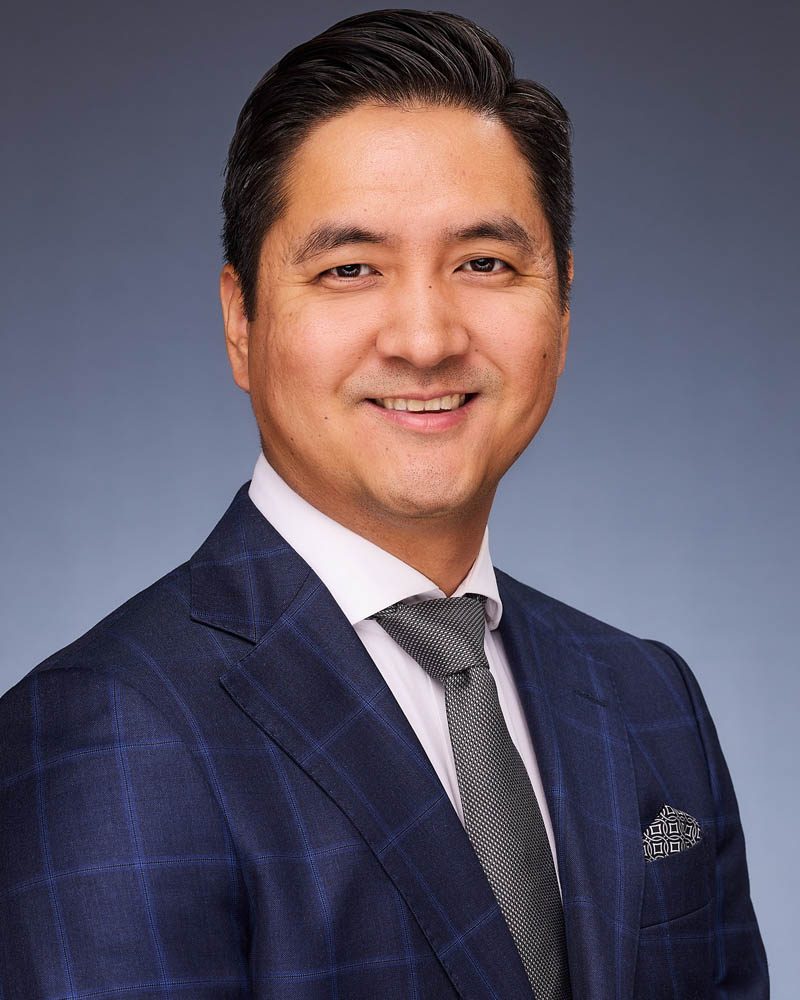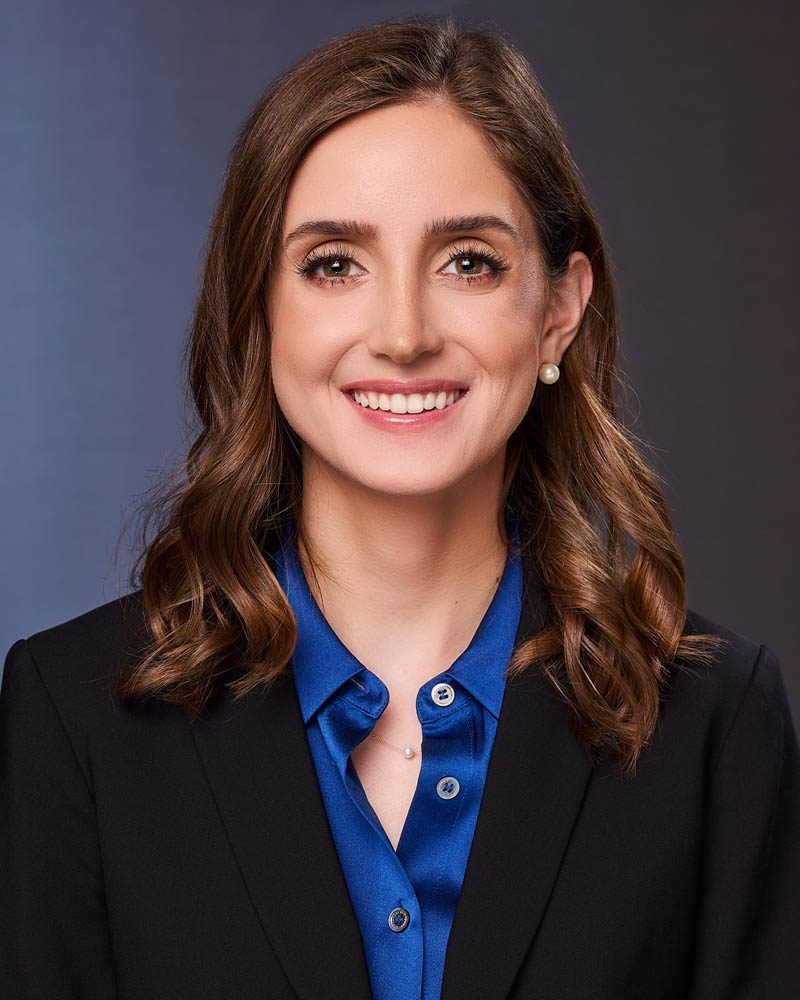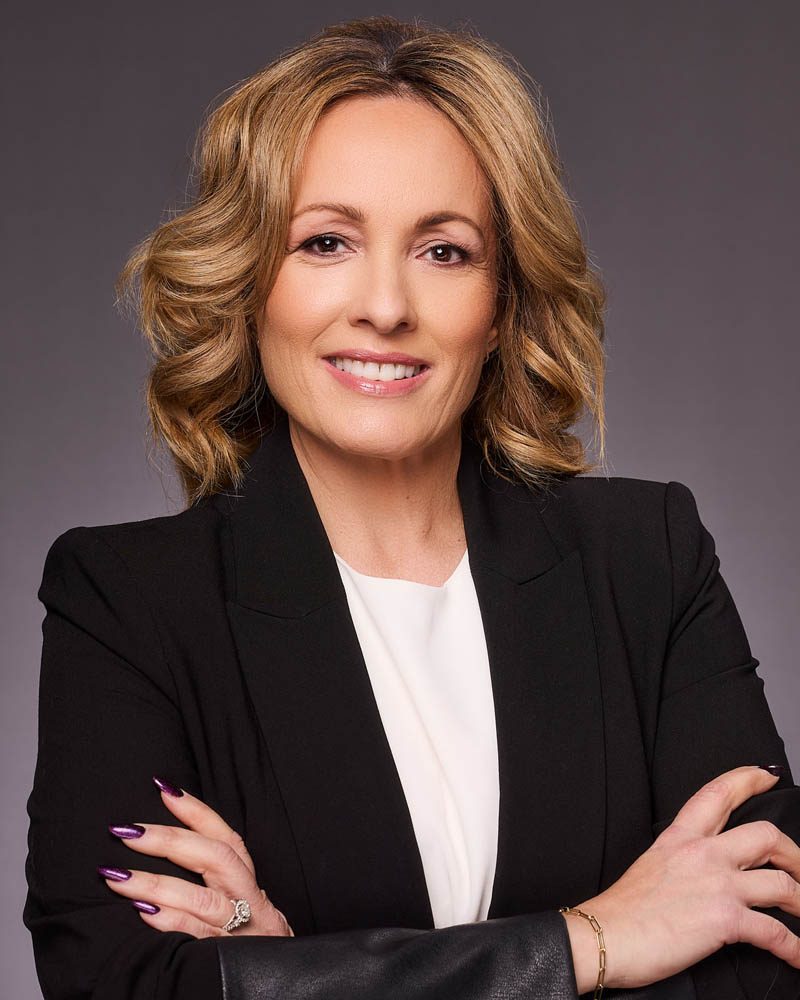Use a Splash of Color
Most professionals – lawyers, real estate agents, psychologists, etc. – get a headshot done in a black or blue business suit with a white shirt. There is nothing at all wrong with this but if you’re in a profession where your headshot needs to stand out, use some vivid color for a pop in the shot.
Men can use a colorful tie and women a colorful shirt, for example. If the color is not in your clothing, then consider adding it to the background. Often times, your headshot is first viewed as a thumbnail. So, any pop of color you can add to persuade the viewer to click through or view it longer is a good idea.
When you use a splash of color, avoid busy patterns that may come with it or colors that can make a political statement, unless of course you are a politician.
Consider the Background in a Headshot
You might use the background to add that pop of color you need but you will need to be considerate about the background for other reasons. The background you use needs to be a good balance between not being too busy and not being too simple. However, there are some cases where very simple is necessary.
You might want a simple background because it can make it easier for you to cut yourself away from the background and paste in a different background. This is often done for various marketing purposes. There can be other marketing reasons to keep a simple background. Often it can be to match the color of a page where team headshots are to be posted, for example.
Outside of this, try to use the background to enhance the profession you are in. For example, if you are a psychologist or therapist and need a headshot for your Psychology Today profile, you might consider warm and inviting colors. This could be greens and tans or outdoors in a park setting. But planting yourself in front of a bush with busy leaf patterns is not the answer either.
This brings up the thought process of whether you should get a headshot in-studio or outdoors. Again, much of this depends on your profession but also how you will use the headshot. In most cases, in an ideal world you might consider scheduling a session that allows for two looks. This way, you can consider having one done in a studio and one outside. Or you can make both inside or outside and make one shot more business-like and the other more business casual.




